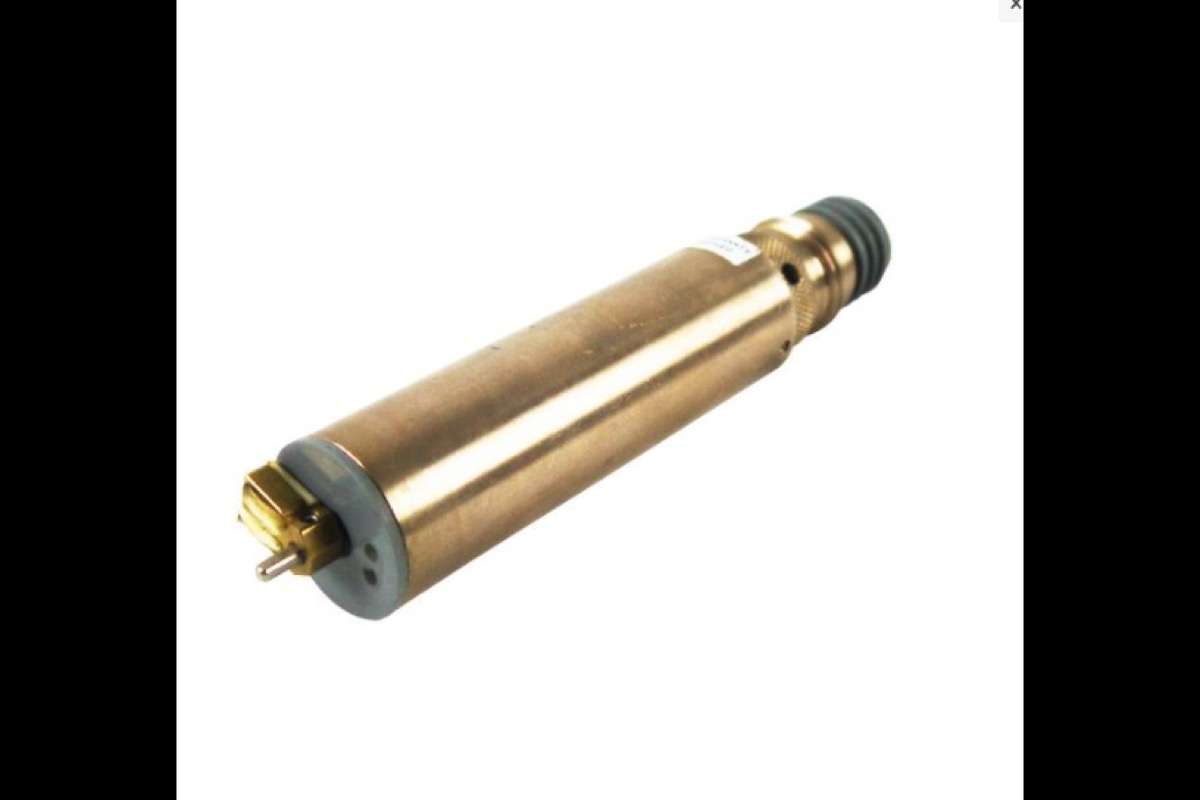
Description: Fluorimeters are typically used to measure Chlorophyll and Blue Green Algae. The ability of Chlorophyll to fluoresce is the bases for the measurement technique. When irradiated with light of high energy wavelength (around 470nm), it emits light of a higher wavelength, lower energy (650-700nm). The returned light can be measured to estimate how much chlorophyll is in the water.
Chlorophyll measurements can be used to estimate entire phytoplankton populations, while blue green algae sensors detect a particular pigment concentration. Blue green algae sensor will emit a wavelength around 540-600nm.
As with all water quality devices, optical measurement devices are susceptible to fouling from long-term and short term biological and chemical buildup. Fouling of the sensor will result in meaningless data. Some sensors come with automated wiping mechanisms to help with the short-term maintenance, but this does not replace the need for frequent routine inspection and maintenance
Costs USD Lower: $6,000
Costs USD Upper: $25,000
Accessories:
Advantages: Provides real-time insitu measurements
Disadvantages: Requires routine maintence to prevent fouling. Fouling can result in meaningless data
Pictures:
